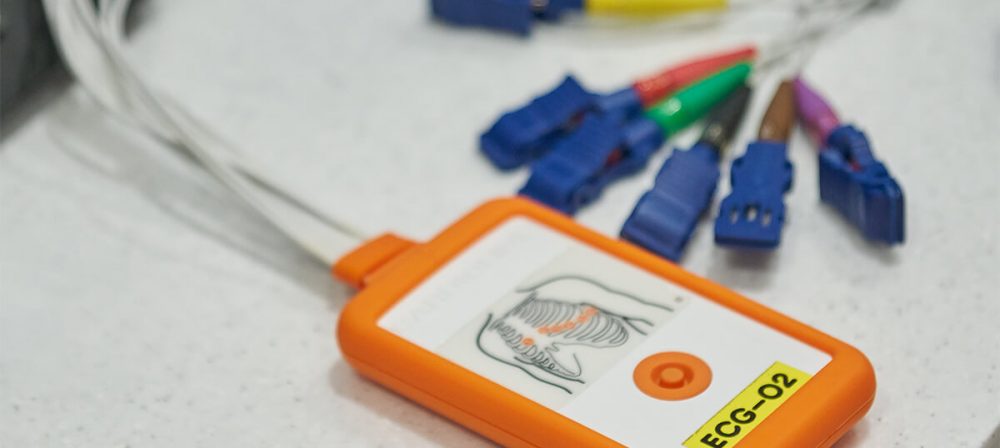The COVID-19 pandemic was a huge turning point in the history of the NHS. Whilst the majority of services have been left with the long effects of the pandemic, others have been able to adapt and evolve.
Virtual wards are one of these innovations that have accelerated in popularity in the post-COVID world, promising to be ‘an alternative to NHS bedded care enabled by technology’. 1 Patients who would otherwise be in hospital are able to receive acute care, monitoring and treatment in their own home.
The key aims of the virtual ward as outlined by NHS England are:
- Use evidence based forecasted data from risk monitoring to reduce acute hospital usage.
- Allow multidisciplinary case management and allow communication between all of those involved in an individual’s care.
Where Do Remote Cardiac Services Fit Into This Vision?
As technology advances and its cost decreases, clinicians will be able to cover more conditions. At present, chronic conditions such as cardiac and respiratory disease lend themselves well to virtual wards.
Atrial fibrillation (AF) is a growing burden to cardiac health and requires acute hospitalisations in order to perform adequate management. Current care involves patients being monitored in hospital until rate or rhythm control can be achieved. Patients in an active deterioration of previously diagnosed AF often present to emergency care. This subset of patients are often adept at detecting signs of their own deterioration. Being able to be directly admitted to a virtual ward rather than presenting to an acute hospital would allow these patients to be treated without unnecessary hospital stays.
For a lot of these patients, ongoing cardiac monitoring is part of their care. At ECG On-Demand we are able to provide centres with portable 12-lead ECG equipment so patients can be seen from the comfort of their own home, with ease.

Also, longer term cardiac monitoring can often be part of the checklist to be discharged from hospital care. Backlogs in inpatient Holter availability can inevitably lead to extra days spent in hospital.
ECG On-Demand is able to send monitors to individual patients at home so they can fit it, wear it and send it back to us for analysis without needing a visit to the cardiac department.
The Digital Age Of The NHS
Digital alternatives to traditional face-to-face healthcare allow more patients to be reached whilst also being cost-effective and time saving as patients do not need to be seen in clinics. Patients are also able to benefit from care closer to home and a reduced need to travel around.
Virtual wards also have environmental benefits, reducing unnecessary journeys and air pollution. This in turn helps to reach the NHS’ goal to become a net zero healthcare service.
By embracing technology and the services provided in the healthcare sector, the NHS can alleviate the challenges posed by virtual wards to adapt and overcome the challenges left in the wake of the pandemic.
References


